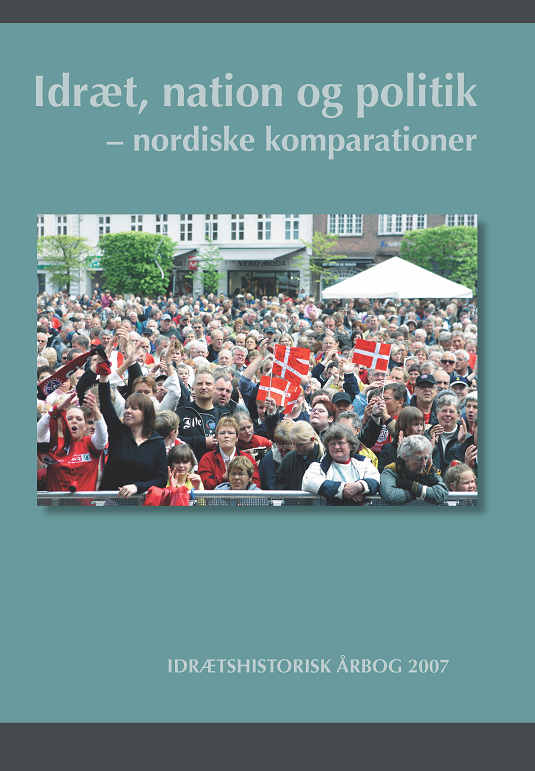Fotballkamp paa Grus og græs i Kristiania
DOI:
https://doi.org/10.7146/ffi.v23i0.31664Resumé
Artiklen omhandler udviklingen i fodbold i Kristiania, med særlig fokus på fodboldbaner.
Frode Fretland: Footballmatches on grass and gravel in Christiania
This article will focus on the development of football and football grounds in the Norwegian capital Christiania until 1922. Questions about grounds for football have always been a central issue in the history of football in Norway. Due to difficult topography and the cold and wet climate in wintertime it has always been problematic to establish proper surfaces. In spite of bad facilities, association football has for a long time been the most popular sport, not in the capital alone, but all over the country. Football was from the very beginning seen as a way to offer children and young people a healthy and playful time of recreation in a natural environment. The municipal authorities of Christiania supported this by building grounds. Most of them were smaller gravel grounds (playing fields) in connection with schools, but only a few grounds were of good standard and had the right size for serious football matches. Really good football was played at full-sized grass pitches, but in Norway it was common until the end of 1910s to have gravel pitches only. When the national team played against Sweden and Denmark they always had difficulties playing well at the grass grounds because they were not used to it. At last, from 1918, a new grass ground near Christiania made it possible for the best local teams and the national team to train and play matches on a proper surface. This was followed by the first victories over Denmark and Sweden.

